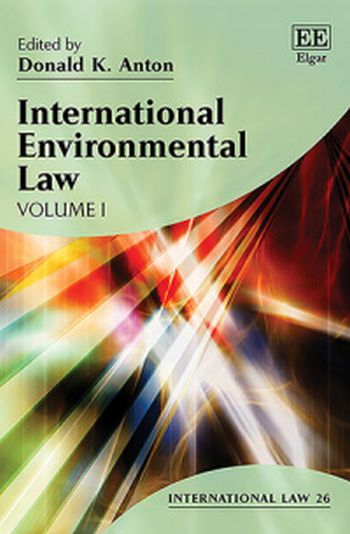We are now closed for the Christmas and New Year period, returning on Monday 5th January 2026. Orders placed during this time will be processed upon our return on 5th January.

This two-volume set contains a representative selection of leading articles by outstanding scholars, practitioners, and policymakers in the field of international environmental law (IEL). Professor Anton has organized the contributions along three major lines: firstly, the papers explore the challenge of transnational environmental problems and the nature of IEL, including fundamental principles and concepts, actors, and compliance and enforcement. Secondly, the development and application of IEL in the context of specific regimes is explored, including atmosphere, oceans, and hazardous substances. Finally, the volumes examine how IEL interacts with other international legal regimes, including international trade and human rights.
All the contributions reflect a broad diversity of views and cover the most important key areas currently debated in IEL.